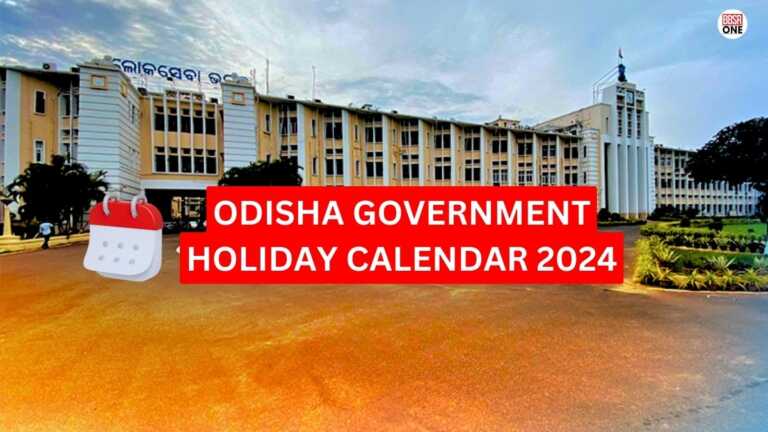Bhubaneswar metro updateds project phase 1 stations and timeline 2024
Discover the latest updates on Bhubaneswar Metro Rail, including route details, timeline, station list, and benefits. Learn how this transformative project will revolutionize Odisha’s connectivity.
the latest updates on the Bhubaneswar Metro Rail project, including the Phase 1 route, station list, timeline, and key benefits.
Learn how this transformative initiative will enhance connectivity in Odisha.
Proposed Metro Route in Bhubaneswar – Comprehensive Guide
The Bhubaneswar Metro Rail project is a landmark initiative set to transform urban transportation in Odisha. With Phase 1 scheduled for completion by December 2027, the project aims to address the growing need for efficient connectivity within Bhubaneswar and its neighboring areas. Here’s a detailed guide to the proposed metro route, its benefits, and current progress.
1. Introduction
Bhubaneswar, often hailed as the “Temple City of India,” is rapidly evolving into a major urban hub. The introduction of the metro system marks a significant step in its modernization journey, promising to ease traffic congestion and improve daily commutes for thousands of residents. Approved in November 2023, the metro is also set to symbolize Odisha’s rich culture through its station designs.
2. Detailed Metro Route and Phase 1 Highlights
Phase 1 of the Bhubaneswar Metro Rail spans 26.024 km, connecting Trisulia Square in the north to Biju Patnaik Airport in the south. The route includes 20 elevated stations, strategically placed to serve major areas like:
- Nandankanan Zoological Park
- KIIT Square
- Bhubaneswar Railway Station
- Jaydev Vihar
- Capital Hospital
This alignment is designed to ensure easy accessibility for both commuters and tourists, creating a seamless travel experience across the city.
3. Timeline and Progress Updates
The Bhubaneswar Metro Rail project has achieved several milestones:
- November 2023: Approval of the Detailed Project Report (DPR).
- January 2024: Foundation stone laid at Trisulia Square.
- December 2027: Target completion of Phase 1.
Construction is currently underway, with land acquisition progressing smoothly. The state government has already secured 92 acres, with an additional 15 acres to be acquired shortly.
4. Infrastructure and Operational Details
The metro project is estimated to cost ₹6,225 crore and will be entirely funded by the Odisha state government. Key features include:
- 13 three-coach trains capable of handling 95,000 passengers daily.
- Stations showcasing Odisha’s cultural heritage through design and architecture.
- Advanced operational technology to ensure safety and efficiency.
5. Impact on Bhubaneswar and Cuttack
The metro promises numerous benefits for the region:
- Improved Connectivity: Seamless links between Bhubaneswar and Cuttack.
- Reduced Traffic Congestion: Alleviation of pressure on busy roads.
- Economic Growth: Boost in real estate and business opportunities near metro corridors.
- Tourism Enhancement: Easier access to landmarks like Nandankanan and Jaydev Vihar.
6. Future Plans and Phase 2 Outlook
While Phase 1 is under construction, discussions about Phase 2 are already gaining momentum. Potential expansions might connect more residential and commercial areas, further integrating Bhubaneswar and its surroundings into a unified transit network.

7. Challenges and Funding Insights
Despite its promising outlook, the project faces challenges such as timely land acquisition and maintaining construction schedules. However, the Odisha government’s decision to fully fund Phase 1 demonstrates its commitment to completing the project without delays.
8. FAQs about Bhubaneswar Metro
- When will the Bhubaneswar Metro be operational?
Phase 1 is expected to be operational by December 2027. - What is the cost of the project?
Phase 1 is estimated at ₹6,225 crore, entirely funded by the Odisha government. - How many passengers can the metro handle daily?
The metro is designed to handle approximately 95,000 passengers per day in Phase 1.


9. Conclusion
The Bhubaneswar Metro Rail project is more than just a transportation upgrade; it’s a symbol of Odisha’s progressive vision. By combining modern infrastructure with cultural heritage, the metro promises to be a game-changer for Bhubaneswar’s urban landscape.
FAQs
How will the proposed metro route benefit commuters?
The proposed metro route will provide faster, reliable, and convenient transportation options for commuters, reducing travel times and easing traffic congestion.
Will the metro project cause disruptions during construction?
While some temporary disruptions may occur during the construction phase, authorities will take measures to minimize inconveniences and ensure the smooth flow of daily activities.
What is the estimated cost of the proposed metro route?
The estimated cost of the proposed metro route in Bhubaneswar is subject to change based on various factors, including design modifications, land acquisition, and inflation. Accurate cost estimates will be available as the project progresses.
Will the metro system be eco-friendly?
Yes, the metro system is expected to be eco-friendly, as it will reduce vehicular emissions and contribute to improved air quality in the city.
How will the metro impact the local economy?
The metro system will stimulate economic growth by attracting investments, promoting business activities, and creating employment opportunities in sectors related to metro infrastructure and operations.
Can the proposed metro route accommodate future expansions?
The proposed metro route has been designed with the potential for future expansions in mind. The flexibility of the metro system allows for the addition of new lines and extensions as the city’s needs evolve.
Will the metro route cover all major areas of Bhubaneswar and Cuttack?
Yes, the proposed metro route has been designed to cover major residential areas, commercial hubs, educational institutions, and industrial zones in both Bhubaneswar and Cuttack.
How will the metro system be integrated with existing public transportation?
The metro system will be integrated with existing public transportation networks through strategically placed interchange stations. This will allow seamless transfers between different modes of transport, providing a comprehensive and efficient travel experience.
What will be the fare structure for the metro?
The fare structure for the metro system is yet to be finalized. However, it is expected to be affordable and competitive, catering to the needs of various segments of the population.
When is the expected completion date for the proposed metro route?
The completion date for the proposed metro route is subject to various factors, including funding, land acquisition, and construction progress. A detailed timeline will be provided by the authorities once the project enters the execution phase.
Will the metro stations be equipped with modern amenities?
Yes, the metro stations will be equipped with modern amenities such as escalators, elevators, ticketing systems, CCTV surveillance, and passenger information displays. The aim is to provide a comfortable and convenient experience for metro commuters.







